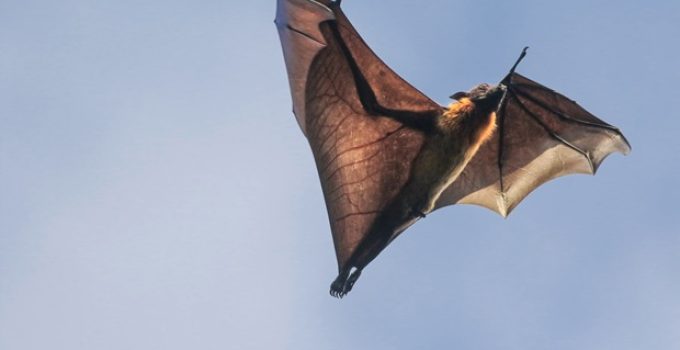Are Bats Mammals or Birds?
Bats are mammals, not birds. Despite their ability to fly, bats belong to the class Mammalia and share all the key characteristics of mammals—including having fur, giving birth to live young, and producing milk. Birds, in contrast, are part of the class Aves and are characterized by feathers, beaks, and egg-laying reproduction.
Dive Deeper
- What Defines a Mammal?
- Why Are Bats Not Birds?
- Bats vs. Birds: A Comparison Table
- Are There Other Flying Mammals?
- Why the Confusion Between Bats and Birds?
- 🎯 Final Thoughts
- 📚 References
🧬 What Defines a Mammal?
Mammals are a class of warm-blooded vertebrates with distinct characteristics. All true mammals share these traits:
- Hair or fur
- Three middle ear bones
- Mammary glands to nurse young
- Live births (with few exceptions like the platypus)
- Warm-blooded metabolism
Bats, classified under the order Chiroptera, meet all these criteria, including nursing their pups with milk produced by the mother’s body.
| 🧪 Fun Fact: The name Chiroptera means “hand wing,” referring to the bat’s wing structure, which is made of a membrane stretched over elongated fingers.
🐤 Why Are Bats Not Birds?
Birds also fly, but they belong to a completely different evolutionary lineage. Unlike bats:
- Birds have feathers, not fur.
- Birds lay eggs rather than giving birth to live young.
- Birds do not have mammary glands and do not nurse their young.
| 🧠 Did you know? Birds and bats evolved flight independently—a process known as convergent evolution, where unrelated species develop similar traits to adapt to similar environments [1].
📊 Bats vs. Birds: A Comparison Table
| Characteristic | Bats (Mammals) | Birds (Aves) |
|---|---|---|
| Body covering | Fur or hair | Feathers |
| Reproduction | Live birth | Egg-laying |
| Nourishment of young | Milk from mammary glands | Feeding by regurgitation or food delivery |
| Skeleton | Finger bones in wings | Arm and feather structure in wings |
| Metabolism | Warm-blooded | Warm-blooded |
| Echolocation | Common in insectivorous bats | Rare (only in oilbirds and swiftlets) |
| Wing structure | Skin stretched over elongated fingers | Feathers attached to forelimbs |
| Evolutionary lineage | Class Mammalia | Class Aves |
🦇 Are There Other Flying Mammals?
Bats are the only mammals capable of true powered flight. Other mammals—like flying squirrels or colugos—glide, but cannot achieve lift through flapping.
| 🧭 Interesting Statistic: With over 1,400 species, bats make up about 20% of all mammal species worldwide [2].
Their adaptations for flight are unique:
- Ultra-light skeletons
- Strong pectoral muscles
- Flexible wing joints
- Highly sensitive hearing for echolocation
🤔 Why the Confusion Between Bats and Birds?
The confusion likely stems from:
- Their nocturnal flight, often resembling birds in motion.
- Roosting in trees or caves, like some birds.
- Pop culture depictions (e.g., “flying mice” or “night birds”).
However, biological classification is clear: bats are mammals with no close relation to birds.
| 🔬 Evolution Insight: Genetic studies show bats are more closely related to primates than they are to birds or rodents [3].
🎯 Final Thoughts
Although bats share the sky with birds, their biology firmly places them in the mammal camp. Their fur, live birth, milk production, and wing anatomy are all mammalian traits—setting them apart from their feathered, egg-laying counterparts. Recognizing these differences not only corrects a common misconception but also deepens our understanding of evolutionary adaptation and diversity in the animal kingdom.
📚 References
- Norberg, U. M. (1990). Vertebrate Flight: Mechanics, Physiology, Morphology, Ecology and Evolution. Springer.
- Simmons, N. B. (2005). “Order Chiroptera.” In Mammal Species of the World (3rd ed.). Johns Hopkins University Press.
- Teeling, E. C., et al. (2005). “A molecular phylogeny for bats illuminates the evolution of echolocation.” Nature, 437(7060), 539–545. https://doi.org/10.1038/nature03908
